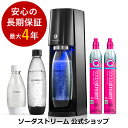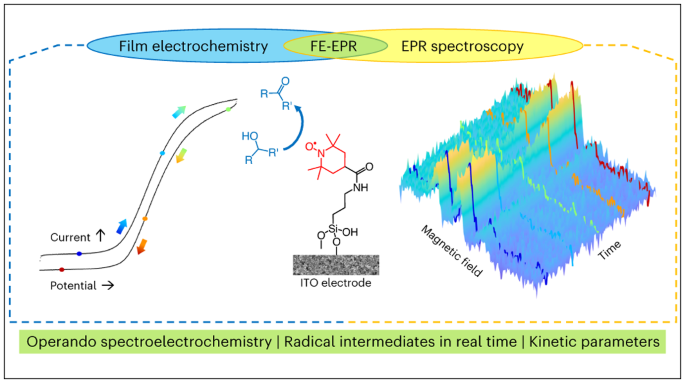2024-02-26 アルゴンヌ国立研究所(ANL)
<関連情報>
- https://www.anl.gov/article/resurrecting-niobium-for-quantum-science
- https://journals.aps.org/prapplied/abstract/10.1103/PhysRevApplied.21.024047
光学的に定義されたニオブ三層接合量子ビットのコヒーレンスを改善 Improved coherence in optically defined niobium trilayer-junction qubits
Alexander Anferov, Kan-Heng Lee, Fang Zhao, Jonathan Simon, and David I. Schuster
Physical Review Applied Published: 23 February 2024
DOI:https://doi.org/10.1103/PhysRevApplied.21.024047
ABSTRACT
Niobium offers the benefit of increased operating temperatures and frequencies for Josephson junctions, which are the core component of superconducting devices. However, existing niobium processes are limited by more complicated fabrication methods and higher losses than now-standard aluminum junctions. Combining recent trilayer fabrication advancements, methods to remove lossy dielectrics and modern superconducting qubit design, we revisit niobium trilayer junctions and fabricate all-niobium transmons using only optical lithography. We characterize devices in the microwave domain, measuring coherence times up to 62μs and an average qubit quality factor above 105: much closer to state-of-the-art aluminum-junction devices. We find the higher superconducting gap energy also results in reduced quasiparticle sensitivity above 0.16 K, where aluminum-junction performance deteriorates. Our low-loss junction process is readily applied to standard optical-based foundry processes, opening alternative avenues for direct integration and scalability, and paves the way for higher-temperature and higher-frequency quantum devices.



